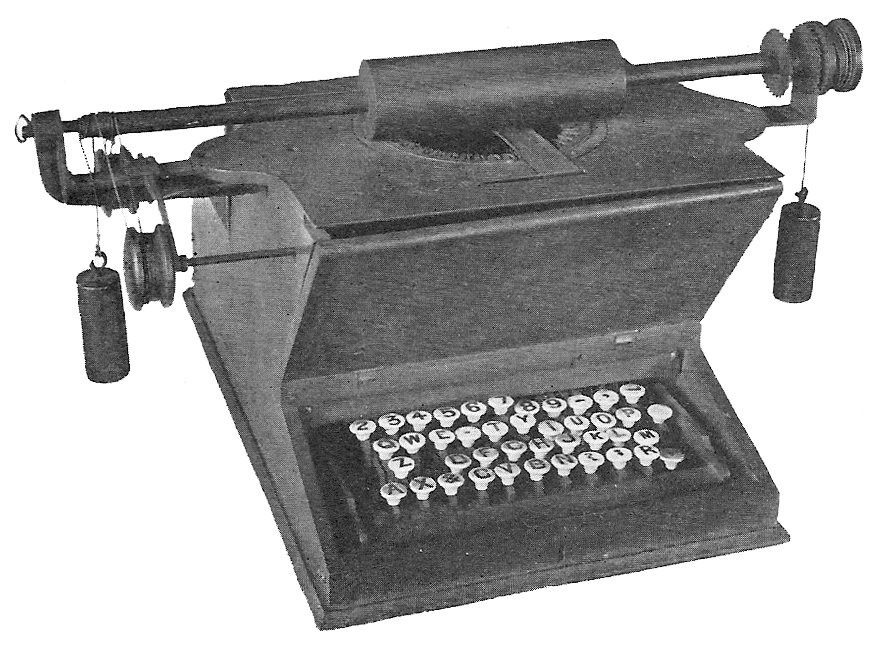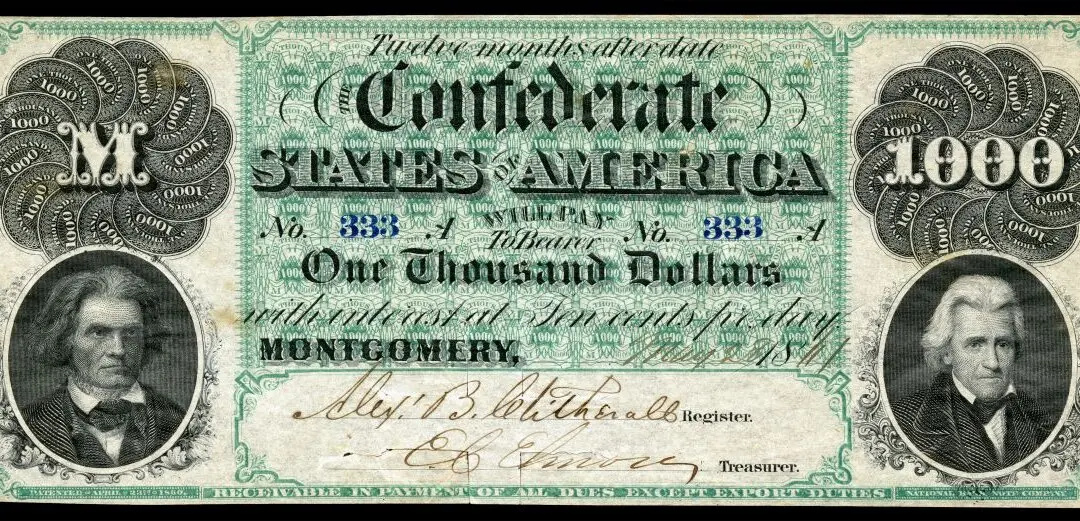Born in Pennsylvania, Christopher Latham Sholes (1819–1890) soon followed in the family footsteps of the printing industry. When he was a teenager, his family moved to Danville, Pennsylvania, where he became a printer’s devil (an apprentice at a print shop). At age 18, he moved to Green Bay, Wisconsin and joined his brothers who published the Wisconsin Democrat newspaper.
Sholes proved to be a hard worker, and quite industrious himself. By 1839, shortly after he had arrived in Wisconsin, he became editor of the Madison Enquirer and the following year launched his own newspaper in Kenosha, Wisconsin, which he called the Southport Telegraph (later renamed the Kenosha Telegraph). He remained the publisher and editor of the Southport (Kenosha) Telegraph for 17 years. But his passion for journalism didn’t stop at writing, editing, and printing the news. Sholes desired to make writing process easier.






